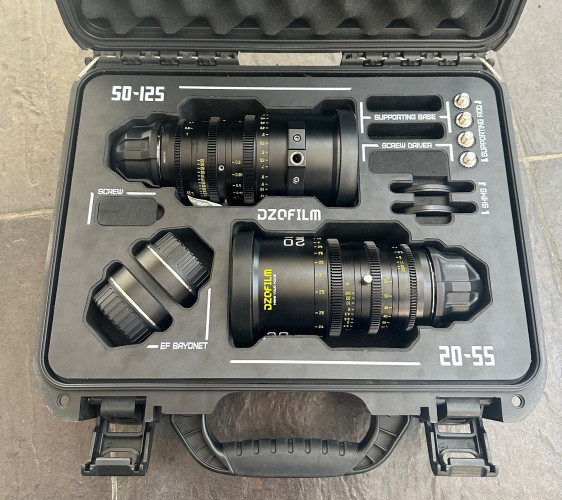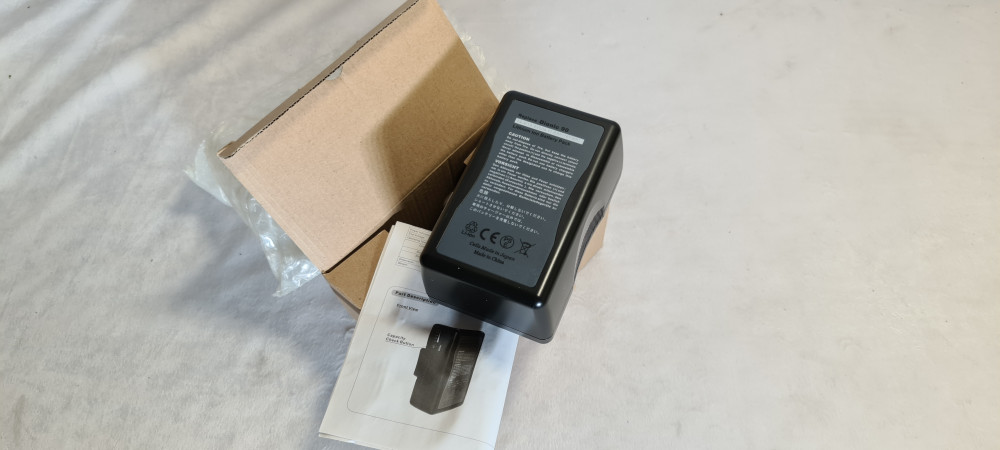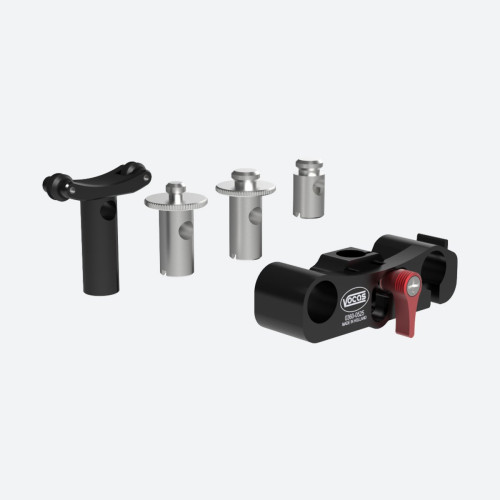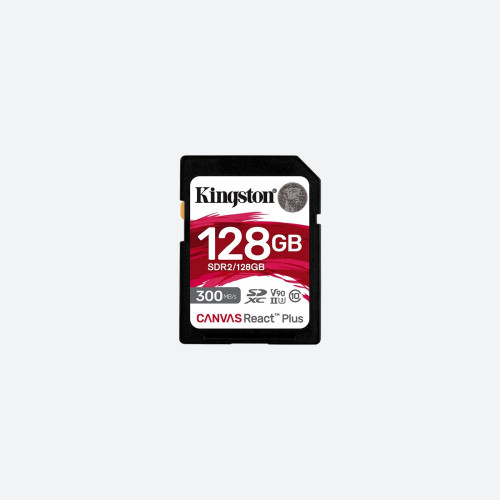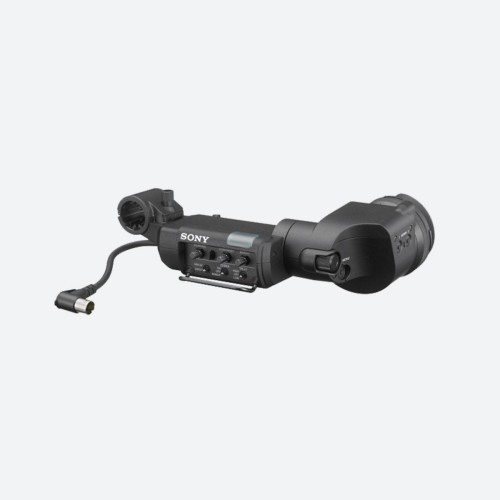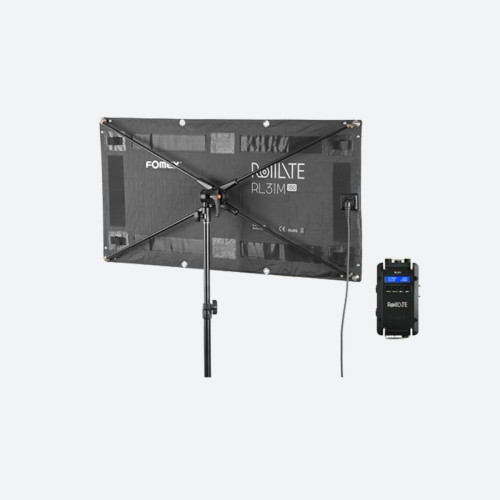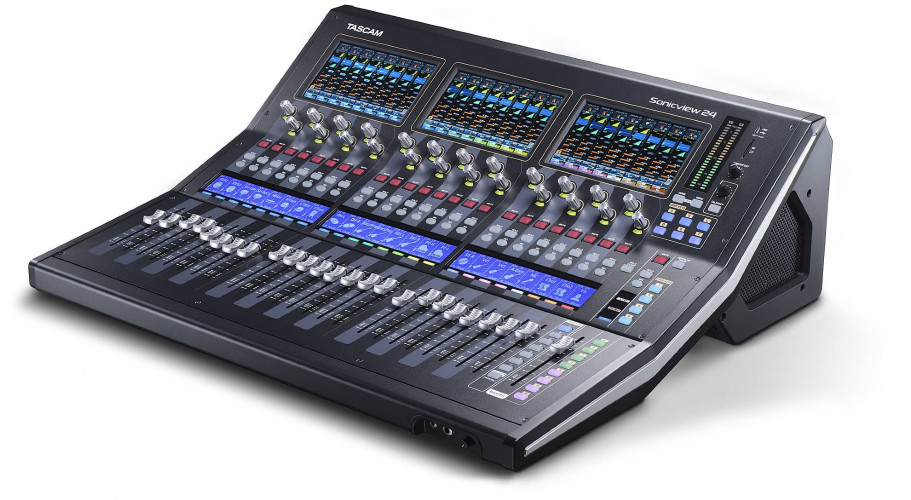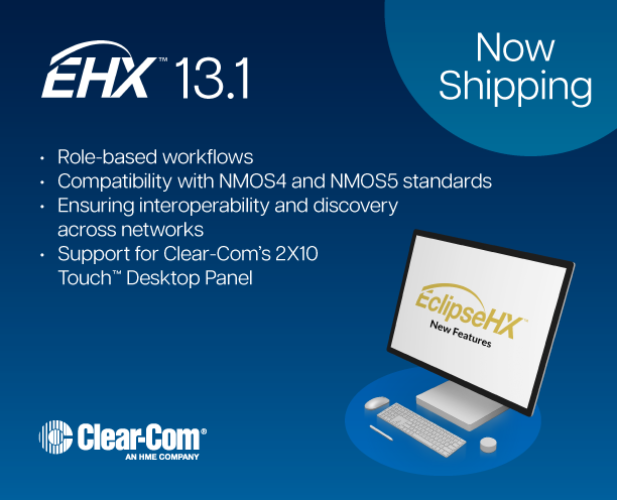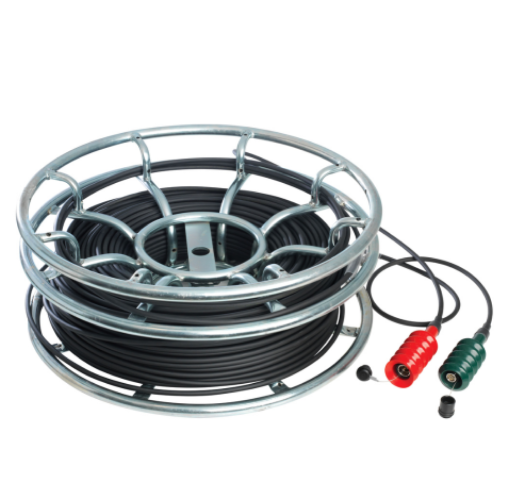True Colours Shine Through With CCS

Author: Bob Pank#
Published 1st March 2011
When you are a broadcast engineer working in front of a stack of LCD monitors, seeing a significant difference between the brightness and colour of each monitor can be both annoying and tiring on the eyes.
Worse still, if you in a Master Control Room and the pictures have taken on a sickly green hue, how do you know that it is just the monitors at fault and not the incoming signal?
In recent years the monitor market has been in a state of transition as broadcasters move away from traditional CRT monitors and towards LCD technology. CRT monitors always used to be the ultimate standard for judging picture quality, but thanks to restrictions on the use of hazardous substances (particularly in Europe) use of these monitors have been on the decline.
The new breed of LCD monitors offer performance that make many improvements on even the very best CRT monitors. According to the EBU, there are three grades of broadcast monitors used in a professional TV production environment and these were formally defined in 2007 when the EBU released recommendations Tech 3320. At the top of the tree are Grade One monitors, which are used as reference devices for high-grade quality evaluation of picture capturing, post production and transmission. For the most part these monitors are used for camera control, colour grading and evaluating content.
The EBU makes various technical recommendations for each grade of monitor, including recommendations about chromaticity or colour gamut – the term used to describe the range of colours that can be reproduced in a colour system. In the US, analogue NTSC video is encoded using SMPTE C (SMPTE RP 145), while in Europe we use ITU-R BT.601 and ITU-R BT.709, more commonly referred to as REC709 for HDTV.
In theory all broadcast monitors should comply to ITU-R709, which defines the sampling systems, matrix values and filter characteristics for both Y, B-Y, R-Y and RGB high definition component digital television signals. Ofcom also has regulations regarding transmission material and how the colours should be seen by the viewer. Falling foul of these can result in a penalty by way of a fine, therefore it is not just advisable to have broadcast monitors properly aligned but imperative, especially for monitors that are used to check live transmissions.
In an ideal world every monitor in a stack should show exactly the same brightness and colour balance but unfortunately wear and tear on the tubes means that, after a year or two, most will slip out of alignment and simply won’t be performing at their optimum levels.
So what’s to be done? Rip them all out and replace them? That’s one answer but here at Oxygen DCT we’ve come up with a far better solution – call in our specialist Colour Calibration Service and get them recalibrated so that they all look the same.
Colour Calibration Service is a new venture that we launched at the end of 2010 after receiving numerous requests from our broadcast and post production customers for help in re-aligning LCD displays.
For some time now we have been offering this service on an ad hoc basis to customers buying our LCD monitors, but by launching CCS we are now in a position to offer calibration facilities to the whole industry, from major broadcasters and post production houses through to small editing facilities and rental companies that want to ensure their stock of monitors remain fit for purpose.CCS can tackle calibration of every monitor on the market and we are certainly not restricting this service just to the monitors that Oxygen DCT represents.
Calibration can be carried out on-site or, if the customer prefers, we can loan them a bank of monitors while we calibrate their equipment in our dedicated workshop.
The equipment we use to carry out this task is state of the art. We have invested in a Konica Minolta Chroma Meter CS-200, a new type of colourimeter that is specifically suited to measuring the viewable colour spectrum emitted from LCD panels.. This portable device incorporates a newly developed spectral filtering method that enables luminance and chromaticity measurement of single colours in various displays with accuracy comparable to many spectoradiometers. This is achieved by using the output from 40 sensors to calculate the spectral response corresponding to human eye sensitivity. Using the CS-200 we can measure from a low luminance of 0.01cd/m to a high luminance of 20,000,000 cd/m (with a measuring angle of 0.1°). Measurements like these have been prevalent in the print industry for many years but this is the first time a service aimed specifically at broadcasters has been able to achieve such accurate results. With the CS-200, we can set up and calibrate your broadcast or professional LCD or Plasma display to broadcast specifications – and beyond!
Of course, any equipment is only as good as its operator and to ensure that CCS customers get the best service we have appointed Dave Thompson to head up this new facility. Dave has more than 30 years experience as a maintenance engineer and has recently been updating his skills on a training course in Germany.
Customers using CCS can choose from a range of attractively packaged services that start with a basic health check of their monitors and go through to full ITU-R709 calibration. We are also offering this service on a contract basis, which is ideal for larger broadcasters who want to ensure their monitors stay consistently true and want regular checks.
Since launching CCS we have already attracted custom from a number of major broadcasters including Channel 4, ITV and BBC Scotland. Customer feedback has been very positive and we feel there is a definite need for a dedicated calibration service that can deal with relatively new yet complex technology such as LCD.



